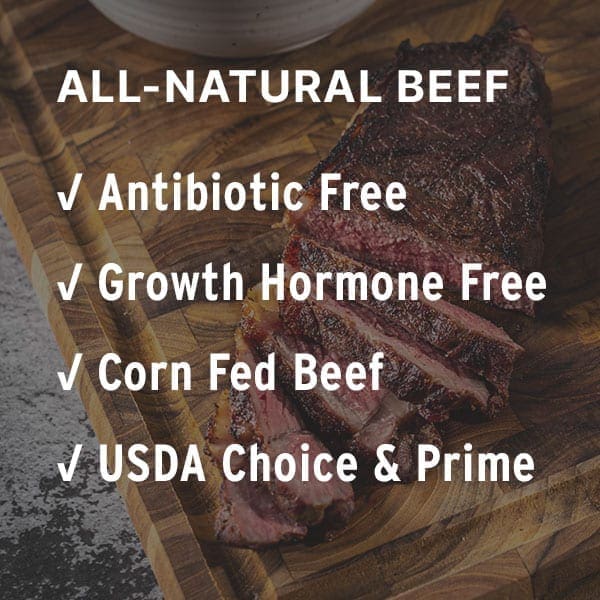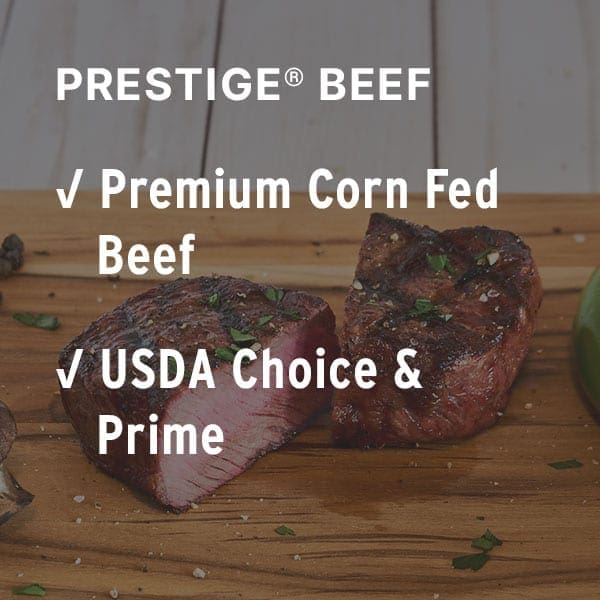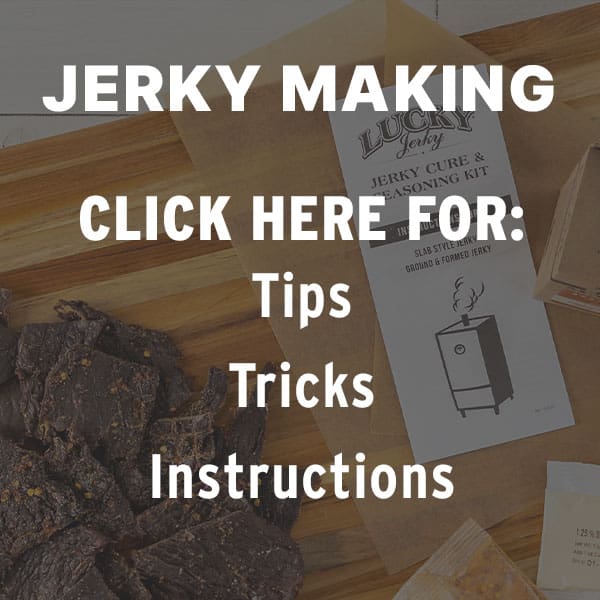A great steak shouldn’t NEED seasoning. Lesser steaks and other cuts tend to get more seasoning to help improve the overall experience. So why is the seasoning segment in general such a booming business? Fact is, “seasoning” or spices has been a booming business for thousands of years …
When it comes to spices and seasonings in general … Salt is king. Salt is the most widely used condiment in the history of mankind. Salt is also the foundation for almost every blended seasoning in existence. Salt simply makes food taste better, and has for millennia.
A great steak shouldn’t need seasoning … but, the right seasonings in the right portions can make a great steak even better. Like many things, seasoning a steak is all about balance. It’s important to have enough seasoning to accent the flavor of the beef, but not so much seasoning that it overpowers the beef. Too much of anything is too much …
Let’s Season a Steak
1. Allow the steak to come to room temperature in the package, open package and “pat” the steak dry with paper towel.
2. Pour seasoning into a small dish, then use the “pinch” method to apply the desired amount to the surface of the steak, then gently massage it into the steak. Some believe that a light coat of oil on the steak prior to seasoning helps the seasoning to adhere. We do not subscribe to this theory. We believe that it is better to apply the seasoning directly to the surface of the steak, as this allows the seasoning to permeate deeper into the meat and affect the flavor more dynamically. Oil applied before seasoning seals the surface of the steak and does not allow the seasoning to blend with the meat. Allow the seasoned steak to rest for 30 minutes to an hour to absorb the full flavor and aroma of the seasoning.
3. Prior to finishing the steak – whether on a grill, in an oven or with any other heat source, the seasoned steak should be seared. We prefer a cast iron pan at medium heat. Searing is the process of caramelizing the outermost layer of the steak. Caramelization, also known as the Maillard Effect, occurs at a fairly low temp – around 325° F – while many believe it should be done on a blazing hot pan, that is simply not true. Medium heat is plenty, and it will also reduce the amount of smoke in the kitchen. Once the pan that has been heated to temperature, add 1 Tablespoon of Extra Virgin Olive Oil and 1 Tablespoon of AA Unsalted butter. Stir until the two have blended and come up to the temperature of the pan – 30 seconds to 1 minute is plenty of time.
4. Lay the steak in the mixture of butter and oil. When the steak “lets go” of the pan – or is easily lifted from the surface of the pan without minimal effort, the caramelization or searing process should be complete. The majority of the surface touching the pan should be a nice medium brown color. Flip the steak and repeat.
The steak can then be finished in the searing pan, in the oven or on the grill. Always measure steak doneness with a good quality meat thermometer. We recommend pulling and resting the steak at an internal temperature of 115° F, this will produce a nice rare/medium rare finish. If you like more of a medium rare, take the internal temp to 120 – 125° F before removing from the heat source. The internal temperature will continue to coast up after the steak is removed from the heat source.







